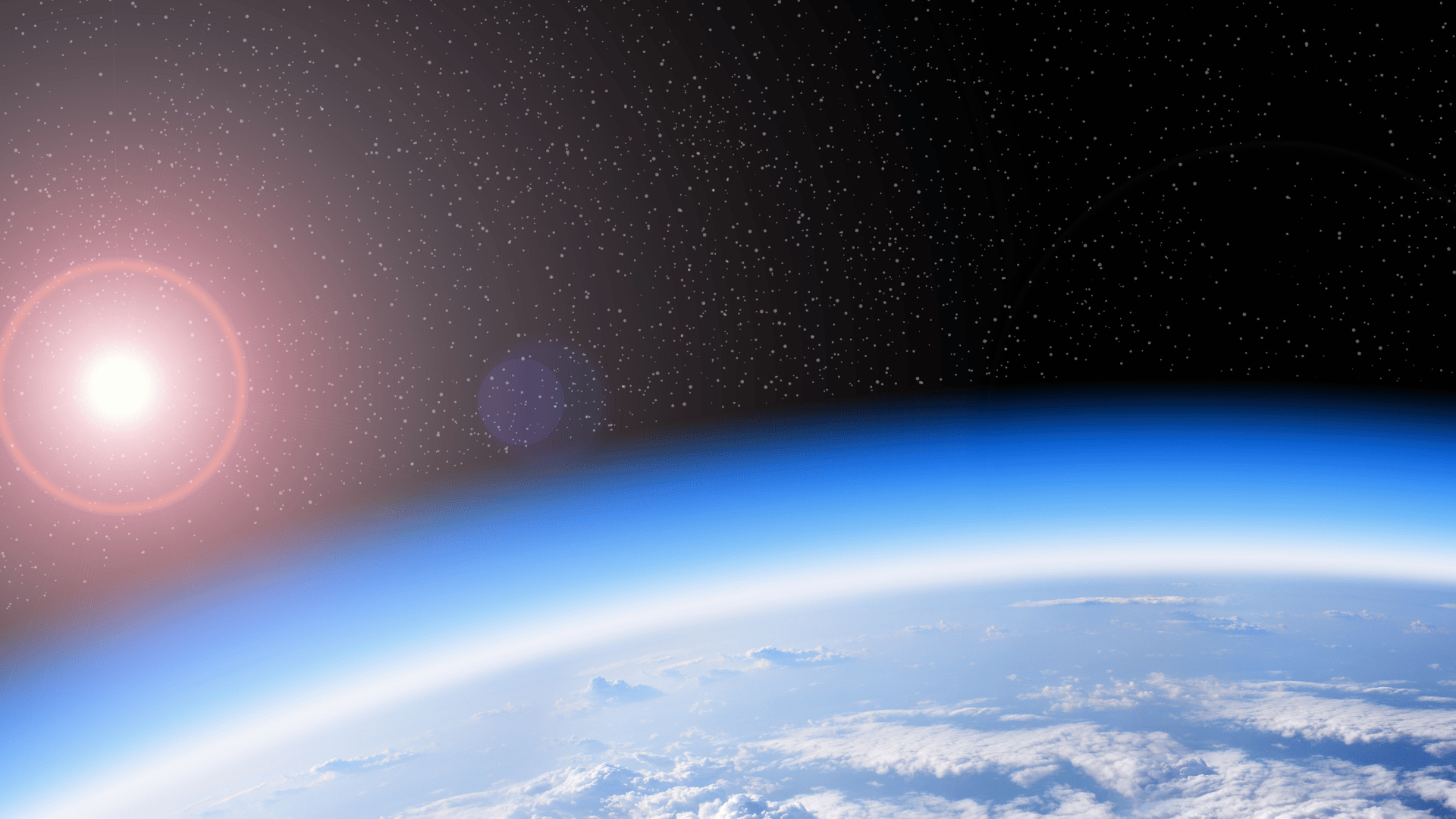New reports indicate that the ozone layer is healing. The World Meteorological Organization (WMO) reports that the progress is due to decades of global cooperation. A new WMO Ozone Bulletin was released for World Ozone Day.
Researchers say natural atmospheric factors led to low ozone depletion in 2024. However, they point out that the long-term positive trend directly results from international action.
Global Efforts Are Healing the Ozone Layer

The bulletin also marked the 40th anniversary of the Vienna Convention, which kick-started the global efforts to tackle stratospheric ozone depletion.
“The Vienna Convention and its Montreal Protocol became a landmark of multilateral success,” United Nations Secretary-General António Guterres said. “Today, the ozone layer is healing.”
“This achievement reminds us that when nations heed the warnings of science, progress is possible,” he added.
WMO researchers address the Montreal Protocol’s success. According to them, it has led to the phasing out of 99% of controlled ozone-depleting substances previously found in products. Researchers believe this has put the ozone layer on track to recover to 1980s levels by mid-century. As a result, it could lower the risks of skin cancer, cataracts, and excessive UV exposure.
Matt Tully, Chair of WMO’s Scientific Advisory Group on Ozone and Solar UV Radiation, says the work isn’t finished despite the promising progress. He added, “There remains an essential need for the world to continue careful systematic monitoring of both stratospheric ozone and of ozone-depleting substances and their replacements.”
According to the report, the 2024 Antarctic ozone hole was smaller and less severe than the average size from 2020 to 2023.
The WMO Bulletin notes that it is a strong sign of the initial recovery of the Antarctic ozone hole. Researchers say continued monitoring and collaboration have been key to the success of the Montreal Protocol. They emphasize that science and working together can bring real environmental change.







